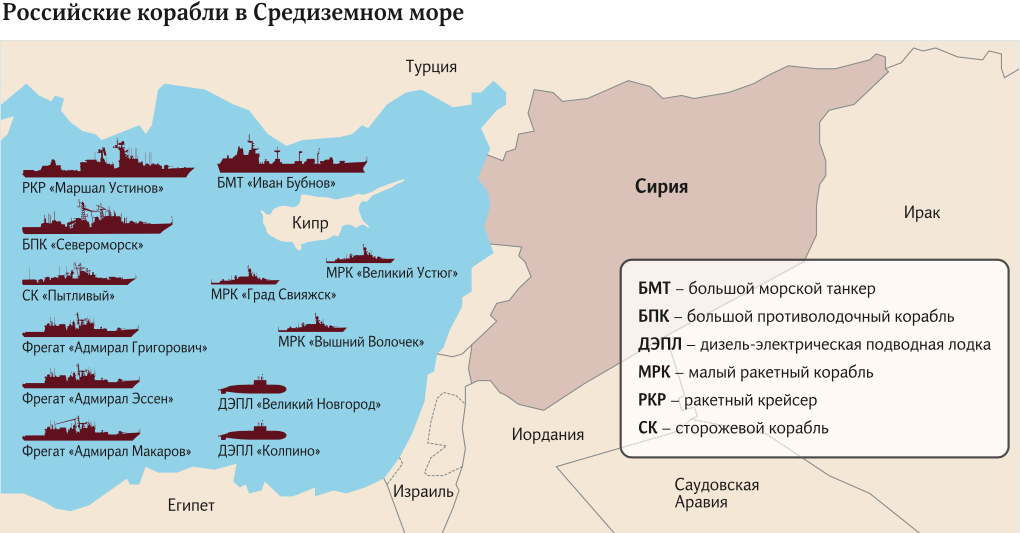[Regnum] The Pentagon's new "Arctic" strategy states that in the coming years, northern states will begin to confront each other for Arctic resources, but even with the support of NATO allies, the United States may not have enough naval power to develop the region, RIA Novosti columnist Andrei Kots noted in his publication on July 30.

Russia and China are deepening their cooperation, thereby hindering US plans to work in the Arctic, and Western sanctions against Russia have benefited it, since Moscow has found other buyers for its exports and is developing the North even faster than before, the Pentagon strategy notes.
The accession of Finland and Sweden to NATO has helped the United States strengthen its position in the region, but these countries, like other Washington allies in the region, do not have enough icebreakers and other necessary forces, including naval ones, the agency's observer believes.
Russia's position is much more advantageous - both in terms of the number of icebreakers and logistics, the number of military bases and airfields, and the readiness of troops to carry out assigned tasks, the author noted. Russia is ready for a potential battle for the most important region, Kots concluded.
As reported by Regnum News Agency, on July 13, former Supreme Allied Commander Europe James Stavridis noted the superiority of Russia's icebreaker fleet over the vessels of the military bloc's member countries. He also emphasized that Moscow has a more active and consistent program for developing the Arctic.
In December 2023, Russian President Vladimir Putin said that the Arctic has enormous potential, and the development of its territories is an indisputable priority for the country. On June 28, it became known that the Russian government will allocate about 30 billion rubles to develop infrastructure in the locations of military formations in the Arctic.
On July 28, Russian presidential aide Nikolai Patrushev reported that Vladimir Putin had decided to create the Russian Maritime Collegium. The main task of the new structure will be to coordinate government bodies in the sphere of maritime policy.
On July 24, Patrushev said that Putin had ordered adjustments to strategic planning documents needed to develop the Navy and effectively protect the country's national interests. He noted that the United States and NATO countries are increasing their naval presence in areas of the World Ocean, including in waters adjacent to Russia, and given the growing threats, Russia is obliged to strengthen the Navy.
Related from regnum.ru
Northern Fleet forces deployed in Barents Sea during Russian Navy exercises
Northern Fleet forces have been deployed in the Barents Sea as part of large-scale exercises of the Russian Navy. This was reported by TASS with reference to the press service of the fleet.
“The Northern Fleet forces have been deployed to combat training grounds to carry out combat exercises as part of a large-scale Russian Navy exercise that began the day before in the areas of responsibility of the Northern, Pacific, Baltic fleets and the Caspian flotilla,” the publication states.
According to the publication, the missile cruiser Marshal Ustinov marked the deployment of a naval strike line. After leaving the Kola Bay, the crew of this vessel conducted exercises to defeat a naval group of a simulated enemy and air defense.
On July 30, the Russian Navy began conducting scheduled exercises to use the forces of the Baltic, Northern, Pacific fleets, and the Caspian flotilla. As explained by the Ministry of Defense, the goal of the exercises was to check readiness to perform combat missions.


 [DEBKA] Three Russian guided missile cruisers took up battle positions in the Mediterranean on Wednesday, Feb. 23, opposite the USS Harry Truman, the Italian ITS Cavour and French FS Charles de Gaulle strike groups. For the first time, the consequences of the Ukraine crisis seem to be spilling out of East Europe over to the Mediterranean arena.
[DEBKA] Three Russian guided missile cruisers took up battle positions in the Mediterranean on Wednesday, Feb. 23, opposite the USS Harry Truman, the Italian ITS Cavour and French FS Charles de Gaulle strike groups. For the first time, the consequences of the Ukraine crisis seem to be spilling out of East Europe over to the Mediterranean arena.